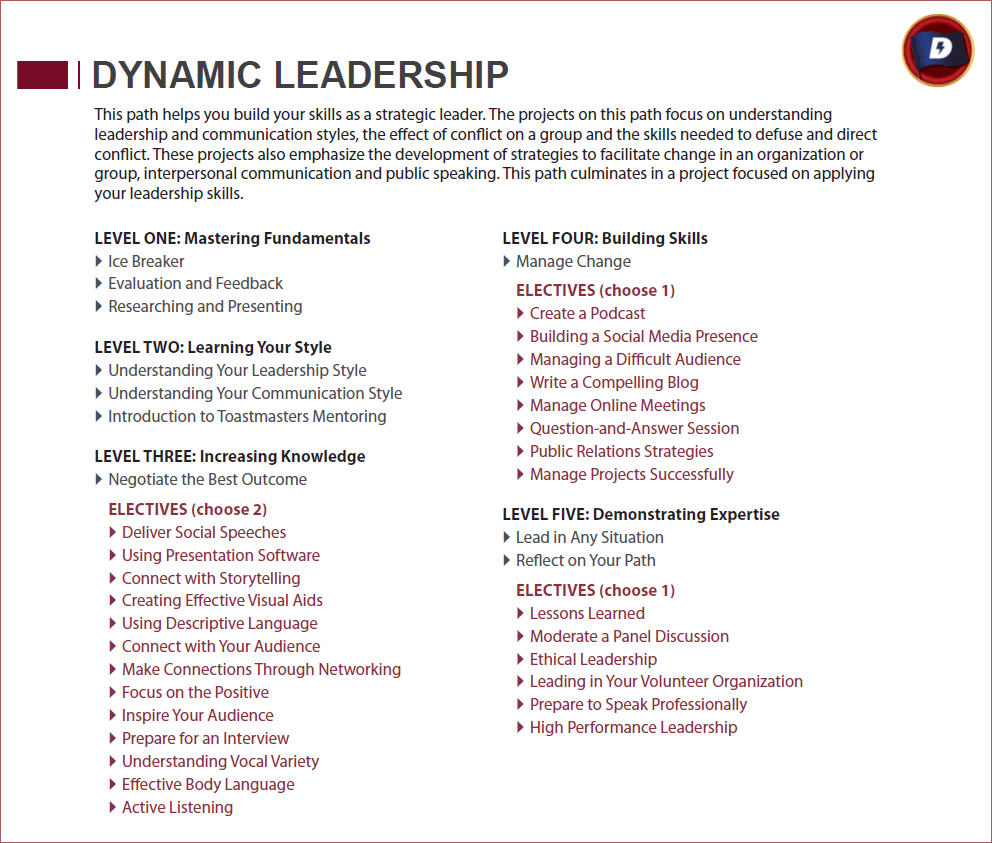
Dynamic Leadership Techniques: Navigating Organizational Success

Unleashing Organizational Success: Dynamic Leadership Techniques
In the ever-evolving landscape of business, dynamic leadership is a cornerstone of success. As we explore dynamic leadership techniques, it becomes evident that leaders who can adapt, inspire, and navigate change are essential for steering organizations towards prosperity.
Adaptability in the Face of Change
Dynamic leadership thrives on adaptability. In a fast-paced business environment, leaders must be ready to pivot and adjust strategies in response to changing circumstances. The ability to assess situations, embrace change, and guide teams through transitions is a hallmark of dynamic leaders.
Explore Dynamic Leadership Techniques
Discover a wealth of insights and strategies related to dynamic leadership at Dynamic Leadership Techniques. This resource serves as a guide for leaders looking to enhance their skills and implement dynamic techniques that drive organizational success.
Inspiring and Motivating Teams
Dynamic leaders understand the importance of inspiration and motivation. They go beyond traditional management approaches and inspire teams to reach their full potential. By fostering a positive and empowering work environment, dynamic leaders create a culture of enthusiasm and dedication among their teams.
Effective Communication Strategies
Communication is a linchpin in dynamic leadership. Leaders must effectively convey their vision, expectations, and feedback. Transparent and open communication builds trust and ensures that everyone in the organization is aligned with the overarching goals and strategies.
Embracing Innovation and Creativity
Dynamic leaders are catalysts for innovation and creativity. They encourage a culture where team members feel empowered to share ideas and explore innovative solutions. By fostering a creative environment, dynamic leaders propel their organizations forward and stay ahead in a competitive landscape.
Dynamic Leadership Techniques: A Link to Excellence
Linking dynamic leadership techniques to organizational excellence is imperative. Visit Dynamic Leadership Techniques to explore how dynamic leadership contributes to excellence in organizational performance. Gain insights into the strategies that elevate leadership and drive success.
Strategic Decision-Making
Dynamic leaders excel in strategic decision-making. They analyze information, consider various perspectives, and make informed decisions that align with organizational goals. The ability to make timely and well-thought-out decisions is critical for navigating complex business scenarios.
Building and Nurturing High-Performing Teams
High-performing teams are the backbone of organizational success. Dynamic leaders focus on building and nurturing teams that thrive on collaboration, synergy, and shared goals. By investing in team development, dynamic leaders ensure sustained success.
Resilience in the Face of Challenges
Resilience is a key attribute of dynamic leadership. Challenges and setbacks are inevitable, but dynamic leaders approach them with resilience and a solutions-oriented mindset. They inspire confidence in their teams and demonstrate the ability to overcome adversity.
Continuous Learning and Development
Dynamic leaders are committed to continuous learning and personal development. They stay updated on industry trends, invest in their own growth, and encourage a culture of learning within their organizations. This commitment to continuous improvement fosters innovation and agility.
Conclusion: Leading with Dynamism
In conclusion, dynamic leadership techniques are pivotal for navigating the complexities of the modern business landscape. Leaders who embrace adaptability, inspire their teams, and leverage effective communication and innovation strategies are well-positioned to lead their organizations towards sustained success. By exploring dynamic leadership techniques and implementing them effectively, leaders become the driving force behind organizational excellence.



